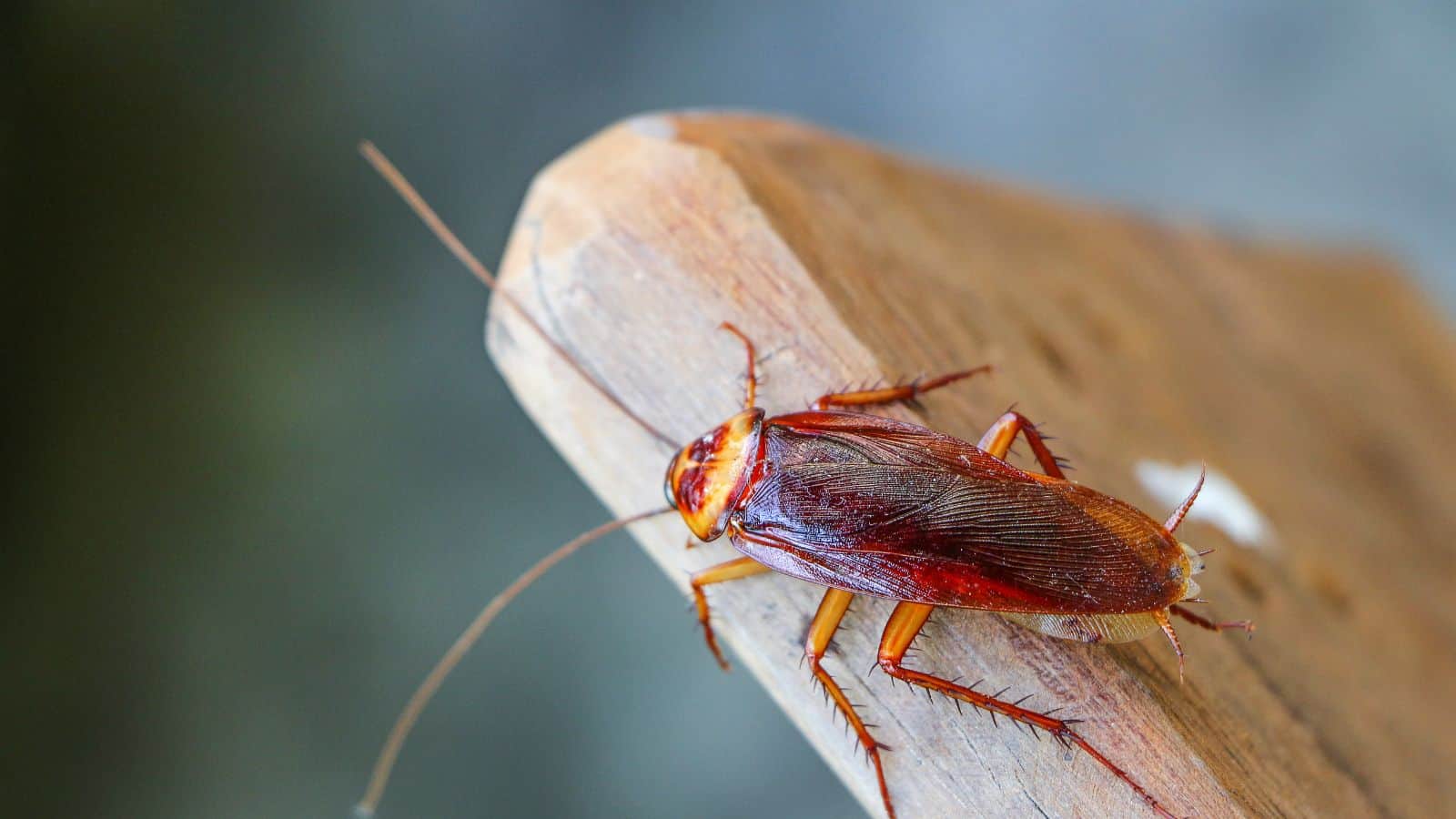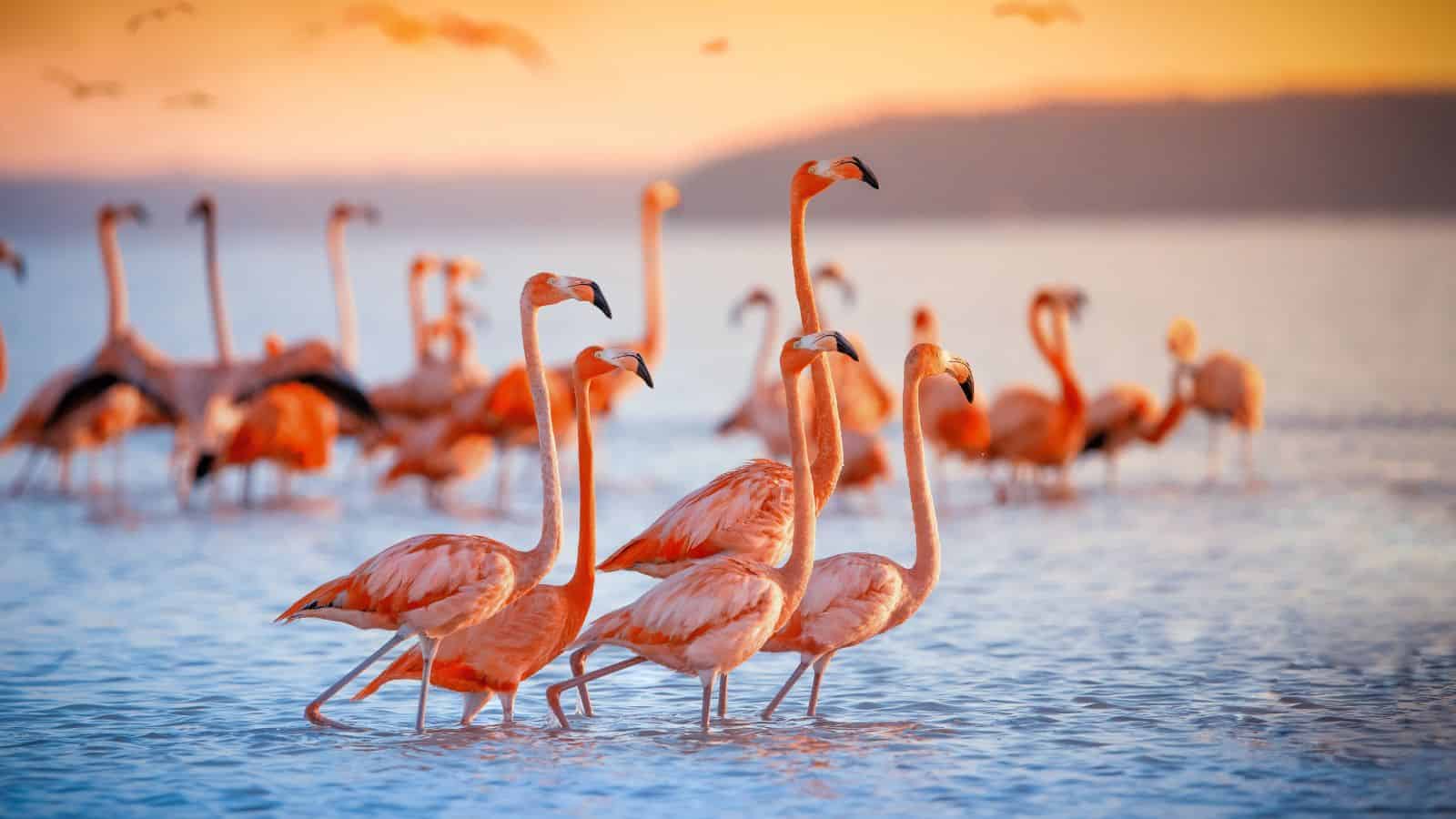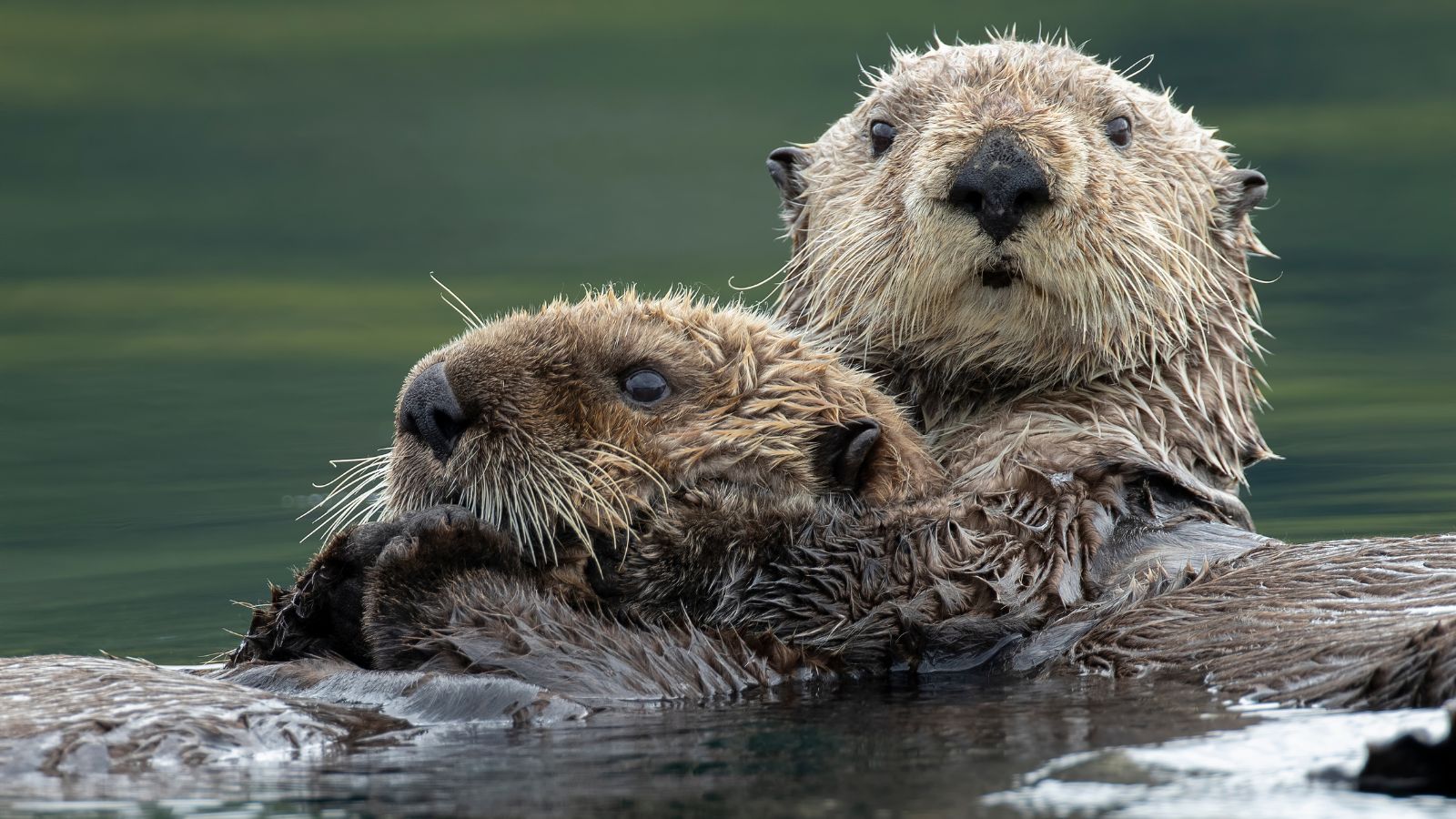Think you know everything there is to know about animals? Get ready for your mind to be blown! In this article, we’re sharing 18 surprising and bizarre facts about animals, from giraffes to flamingos, that you might not initially believe.
Cockroaches Are the Ultimate Survivors

Shockingly, cockroaches are over 300 million years old as a species. You may despise them, but you can’t deny that this is impressive! Roaches have proven themselves to be extremely adaptable and resilient, not to mention capable of eating almost anything for their survival.
Oysters Are Masters of Adaptation

As shared by Oyster Heaven, “Oysters can change their gender during their life cycle, multiple times.” They do this for mating purposes, though they can even fertilize their own eggs. If that doesn’t represent adaptability, we don’t know what does!
Dolphins Enjoy Getting High

While it’s hard to believe, it’s true. Dolphins purposely interact with and push around pufferfish, who, in return, release toxins as a defense mechanism. In small doses, these toxins supposedly have a strong hallucinogenic effect—and dolphins keep coming back for more.
Giraffes Hum at Night

Giraffes have long been considered bad communicators and were previously thought to be totally silent. However, research over the past few years has discovered that these creatures actually hum to communicate with each other, but only at low frequencies and at night.
Kangaroos Actually Do Emit Greenhouse Gasses

You may have heard that kangaroos don’t produce methane, but recent studies have shown that this is not actually the case. Kangaroos produce methane just like all other organisms. How was this discovered? By “locking kangaroos in chambers to eat and fart blissfully and uninterrupted,” according to U.S. News.
Snow Leopards Can’t Roar

Unlike their feline counterparts, such as lions and tigers, snow leopards are incapable of roaring due to less-developed vocal cords. Instead, they produce a unique, purr-like sound known as a chuff. This intriguing vocalization highlights the diverse communication methods of the animal kingdom.
Axolotls Can Regenerate

If you’ve never heard of an axolotl, do yourself a favor and Google it now! These adorable, unique creatures become all the more shocking when you learn that they can regenerate their skin, limbs, tail, jaws, and spines. This unique capability among vertebrates has fascinated scientists.
Bearded Dragons Can Wave

Despite their intimidating name, bearded dragons are actually friendly reptiles known for their unique arm-waving gesture. This behavior, often interpreted as a form of recognition or communication, only adds to their charm. It’s a quirk that really humanizes them!
Butterflies Taste With Their Feet

According to the Florida Museum of Natural History, butterflies don’t have tongues and instead have the majority of their taste buds on their feet! This ability, while it may sound odd and rather gross to us humans, helps them choose the right flowers for laying eggs. It’s an adaptation for survival in nature.
Prairie Dogs Greet Each Other With Kisses

Can you picture anything cuter than two little prairie dogs saying hello with “kisses?” This is a very unique social behavior among rodents and demonstrates their strong community bonds, each kiss bringing them closer. They do this with friends, family members, and sometimes even their enemies!
Flamingos Are Born Gray

As unbelievable as it may be, flamingos are naturally gray—not the gorgeous pink color we associate them with. Their diet (including blue-green algae and brine shrimp) includes a natural pink dye that turns them pink! This is a fascinating example of dietary influence on appearance.
Bats Are the Only Flying Mammals

Bats hold the unique distinction of being the only mammals capable of true flight. Their wing structure, a modification of the mammalian forelimb, allows them to navigate the skies effectively, though most can’t walk on the ground. This extraordinary adaptation sets bats apart in the mammalian world and plays a critical role in various ecosystems.
Elephants Communicate About Humans

The University of Oxford reveals that “African elephants make a specific alarm call in response to the danger of humans,” demonstrating their complex communication abilities. Elephants are already known to be clever, but this is just a whole new level of unbelievable.
Wombat Poop Is Cube-Shaped

It may sound odd, but wombats are known for their distinctive cube-shaped feces, a unique trait among animals. This unusual characteristic is due to their digestive process and the shape of their intestines. The cubic shape of their droppings plays a role in territorial marking and communication among wombats.
Sea Otters Hold Each Other When Floating

Ready to have your heart warmed? Sea otters, particularly mothers and children, hold hands while sleeping. This is done so that they don’t drift apart in the water and is a touching display of familial bonds between these social creatures.
Squirrels Are Very Compassionate

Female squirrels display a strong motherly instinct by adopting orphaned young. This behavior, unusual among solitary animals, demonstrates their complex social interactions and emotional capacities. The willingness of squirrels to care for non-related young is both shocking and touching to learn about!
Giant Anteaters Have Extremely Long Tongues

“Giant anteaters have a long, distinctive snout with a 2-foot-long tongue and no teeth,” as per Smithsonian’s National Zoo. Go and get out a tape measure to see for yourself just how big this is! This extraordinary physical trait allows them to access their food sources, such as ants and termites, efficiently.
Pigeons Are Mathematicians

This isn’t a joke—pigeons are actually capable of solving numerical problems. These birds are remarkably smart, showing impressive cognitive abilities comparable to those of monkeys. This finding challenges common perceptions of bird intelligence and underscores the complexity of avian brains.

